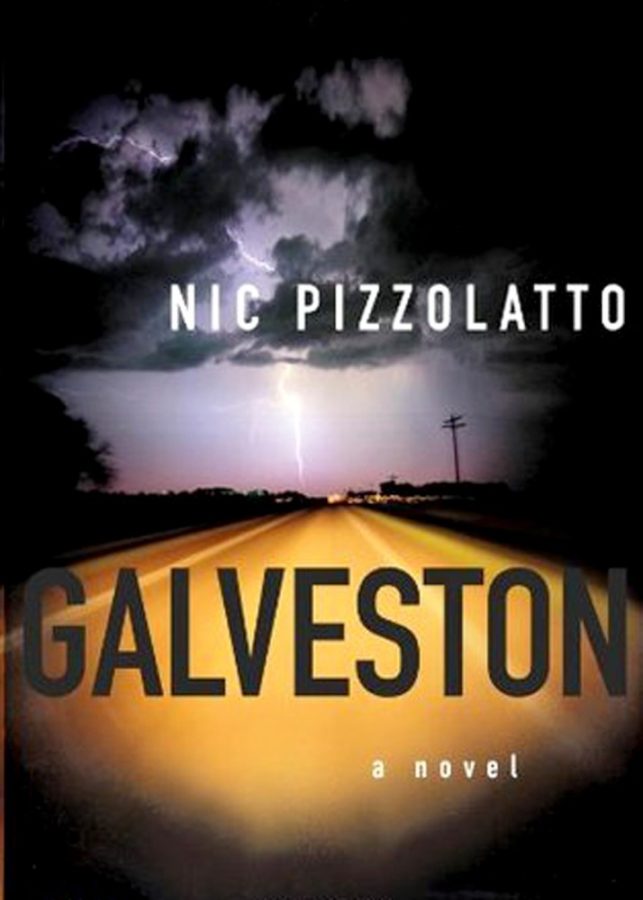With HBO’s “True Detective” being one of the most acclaimed shows of the past year, its creator, Nic Pizzolatto, has recently gotten the green light to adapt his novel “Galveston” into a film. The question is whether “Galveston” will reach the same critical heights as “True Detective,” or sink to the depths of mediocrity, giving credence to the argument that adaptation is an overused gimmick.
In the coming months, the cinema sphere will see adaptations of famous works such as Gillian Flynn’s “Gone Girl” and Thomas Pynchon’s “Inherent Vice.” But there is still the reciprocal argument that adapting book to film is an overused process. It is true that approximately one-third of all films lend their sources to a novel, but we shouldn’t be quick to label adaptations as unoriginal.
As a precursor to this argument, it should be noted that “Galveston” is a great piece of noir fiction. Published in 2010, the novel follows the story of a bearded, New Orleans mob enforcer named Roy. Typical of the noir genre, things go awry for Roy when he becomes involved with a femme fatale. He soon hits the road on the run from a crew of slack-jawed reprobates. Amidst brutal violence and backward truck stops, Roy finds redemption through human companionship. Pizzolatto works on the same narrative line as “True Detective,” painting a picture of Southern crime and male masochism.
Plenty of elements in the novel have a cinematic style: Texan landscapes are described with attention to detail, characters play off their own inherent stereotypes and scenes of suspense build to an emotional climax typical of the film format. Interestingly enough though, the most well-remembered scenes of “True Detective” come not from gunfights and action, but from the philosophical incantations of the lead character. “Galveston” has its fair share of metaphysical musings, but not to the same degree as Pizzolatto’s later work. This is an important distinction that must be made when transferring “Galveston” to film.
At times, filmmakers add to the source material and give the story brevity it did not originally possess. A famous instance of this was the translation of “Fight Club” from book to film. Original author Chuck Palahniuk lauded the screenwriters for streamlining his scattershot novel into a great film. To quote his response, he felt “embarrassed of the book” compared to the movie.
To further emphasize that the screenwriter is completely independent from the original artist, one must examine the process of storytelling holistically. The major difference between the two mediums is that in a novel, the author is given free rein to record the inner thoughts of each character through descriptive prose. Film, on the other hand, conventionally doles out exposition through third-person interactions and visual events. Instead of hearing an inner monologue, we may witness the actions of a character reflecting hidden emotions.
With “Galveston” in the works and author Pizzolatto signed on as screenwriter, there’s a sense that things could swing one of two ways: The film will either soar or flail in the shadow of the source material. Given the credentials Pizzolatto has already established, all roads seem to lead to the former. Perhaps, like with “Fight Club,” “Galveston” will be updated and improved by a screenwriter at the top of his game. Expect the film to be a different, original experience in comparison to the redemptive elegy the novel established.
_______________
Liam Lowth is a guest writer. Follow him on Twitter.









